Echeveria lilacina – a succulent with beautiful colours
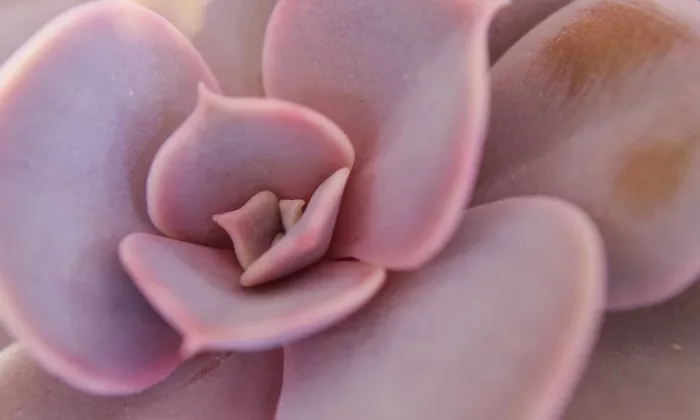
Also known as Mexican hens and chicks is an interesting type of succulent. It grows very slowly and people love it for its unusual colour and appearance. The plant produces rosettes that are usually 12 to 20 cm in diameter and up to 15 cm high. The symmetrical shape is mainly appreciated by detail oriented people, but the shape is not only very symmetrical but very attractive. The rose is raised upwards with a tip on the top. But the most interesting thing is the colour. It may range from silver-gray to pinkish (if exposed to full sun) or even bluish and a pearl-like coating.
Flowers
This succulent produces flowers at the top of shoots. You will notice first flowers at the end of winter and enjoy them all the way to the beginning of spring. The flowering period is quite short, but it is well worth it. The good news is that Mexican hens and chickens is very undemanding as it tolerates drought and strong sunlight.
Photo: Pixabay
Basic requirements
To successfully grow Echeveria lilacina you need to meet certain requirements, but they are very basic. Place your plant in a bright and sunny place and water sparingly. If you do that, you have won a half the battle. Soil should be permeable and airy. It must not retain water for too long, as standing water promotes rotting. A regular soil will do and if you want to fertilize, use fertilizers designed for indoor flowers.
Transplanting
Due to the slow growth, you do not need to transplant/repot every year but you need to check the soil that came with the seedlings. If your plants grow in a peat, you should transplant them immediately after you bring them home. Use a substrate designed for succulents. Peat holds too much water and that is not good as it promotes rotting and development of various diseases. A good time to repot is when your plant has outgrown its own pot and you should do it in spring or summer. If you bought a succulent in autumn, you can leave it in the existing substrate until spring, but water very sparingly.
Watering
Watering should be sparse during autumn and winter. Water every 4 to 8 weeks (depending on temperature). Some gardeners use a spray bottle to eliminate overwatering. However, if you notice that leaves are shrinking, you should water a bit more because shrinking leaves are sign of insufficient watering.
Source: https://zielony-parapet.pl/sukulenty/99-echeveria-lilacina-3992780308780.html
Preview photo: Pixabay

Gardening is my hobby, I have a lot of experience and I am happy to share it.
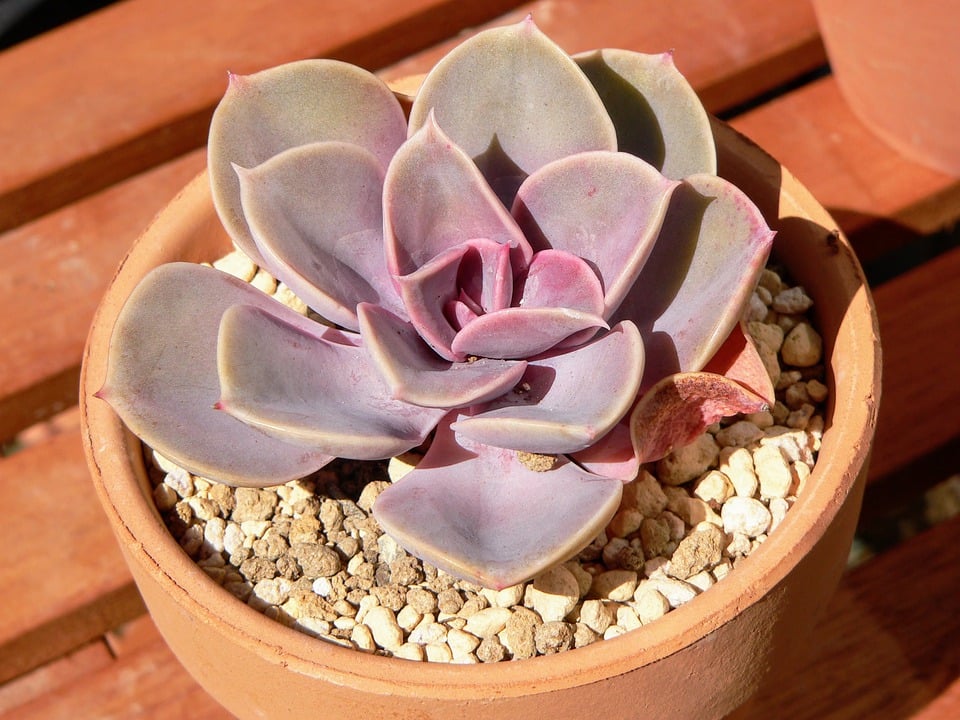



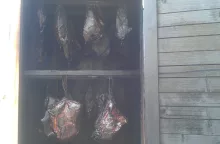
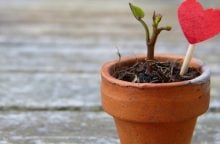
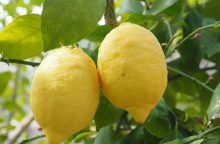


0 comments